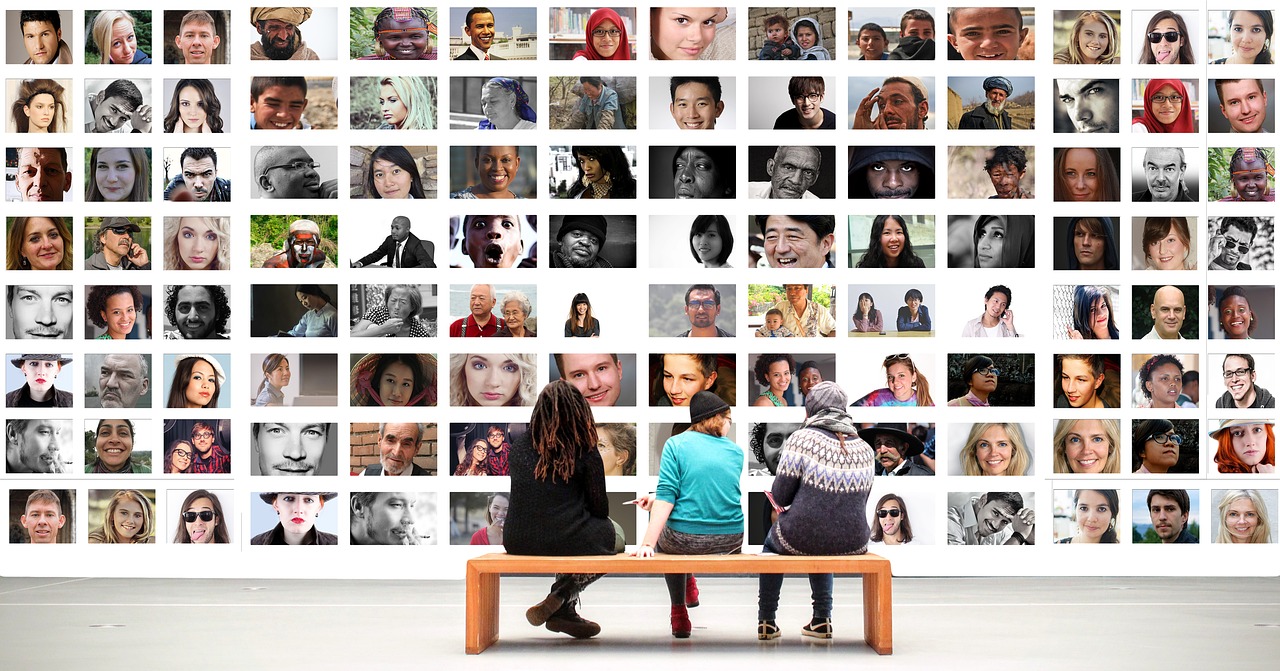 An article posted on Social Media Today about accepting all LinkedIn connection requests caught my attention. The article suggested ignoring LinkedIn’s recommendation to “only accept invitations to connect from people you know” in order to grow your network and gain more visibility, more reach on this social channel. The article did suggest not connecting to “obvious” spammers — which I completely agree with — but, you can’t always tell who is a spammer until you’ve accepted the connection request and find an immediate sales pitch in your InMail.
An article posted on Social Media Today about accepting all LinkedIn connection requests caught my attention. The article suggested ignoring LinkedIn’s recommendation to “only accept invitations to connect from people you know” in order to grow your network and gain more visibility, more reach on this social channel. The article did suggest not connecting to “obvious” spammers — which I completely agree with — but, you can’t always tell who is a spammer until you’ve accepted the connection request and find an immediate sales pitch in your InMail.
Spray-And-Pray Connecting
When I work with clients, I teach them to follow LinkedIn’s advice and connect to those they know. I then ask my clients by what criteria would they determine they “know” someone before asking permission to connect. Think about it. Why would you connect, and then share your connections, with a complete and total stranger? Would you give this unknown individual you just connected to after meeting at a business event for, say, 10 minutes, complete access to your financials if you’re looking for an investment recommendation or strategy? Probably not. Then why would you connect this way just to grow your network? So you’ve added 200 people to your connections – how well did that strategy work for you? How well do you know and trust them? “Spray-and-pray” tactics such as this rarely work and may not bring you the actual benefit you’re looking for without connecting to an actual strategy. Connecting just to grow your network is NOT that kind of a numbers game.
Strategically Connecting
Grow your network strategically by starting with those you’re already connected to. Why? The trust factor is higher. If you’ve done your homework, you know these people from digesting their website content, conversations (social media, email and offline), their articles and thought leadership musings, and answers to others’ questions. You’ve checked their connections and found some commonalities, along with some you would like to connect to directly. You’ve checked out the groups they are members of and viewed some of their posts. You also may have found them using other social media platforms and looked at who follows them. After all this, you’ve sent a personalized connection request because you understand this is a real person and not a number.
Commonality Connecting
As you do your due diligence on LinkedIn, you will find folks through your 1st connections that may belong to the same group as you. You may find a college alumnus, a set of skills you both share, or a common certification. You may find you support the same non-profit or cause! You may decide, then, to connect through any one of these commonalities. The trust factor has been built in by the commonality; now you just need to know more about the person. One way to get this done is to ask the person to whom you both have a common connection to tell you more about this person. Finally, ask your connection to introduce you to the person you want to connect with. A warm introduction from someone you know will go much farther than a cold push-button request.
Grow your network strategically, build know-like-trust and give/receive referrals. Be the resource and expert you expect yourself to be.
Be strategic. Be visible. Be found.






